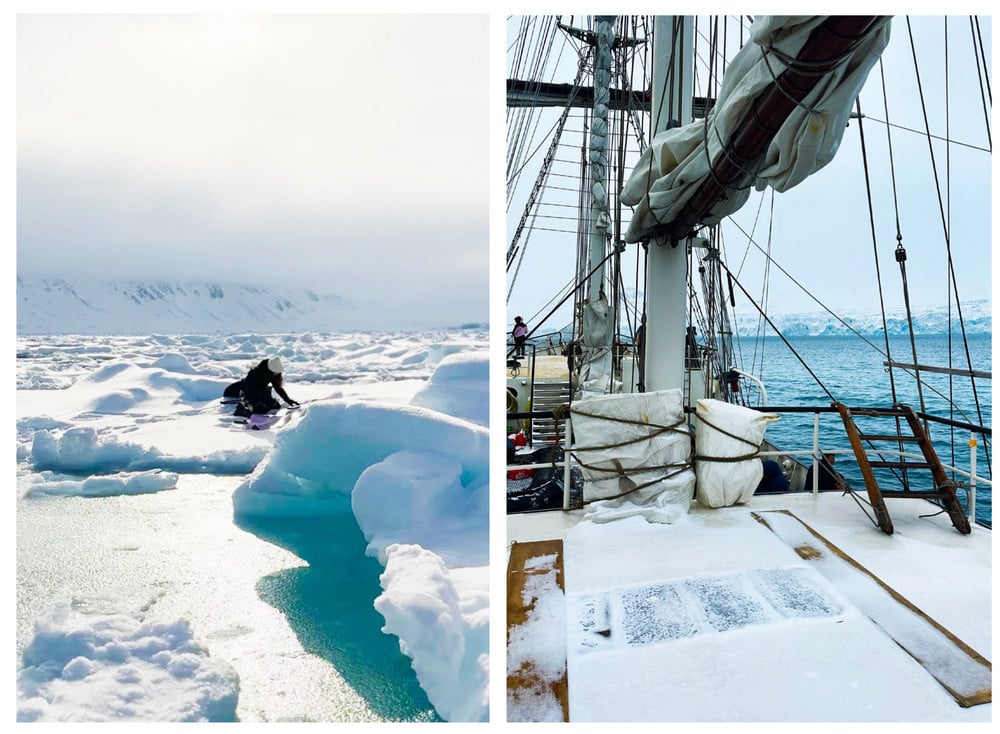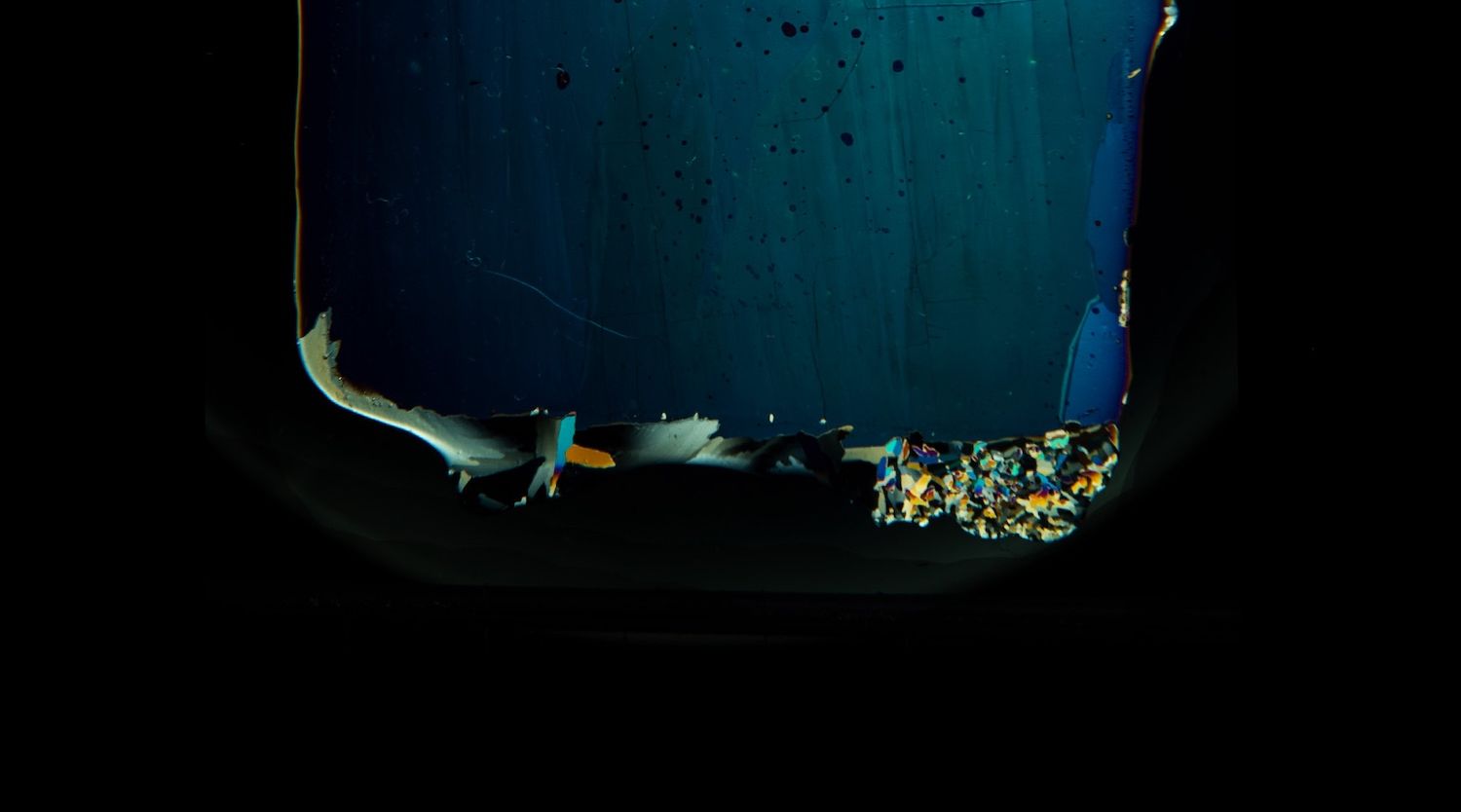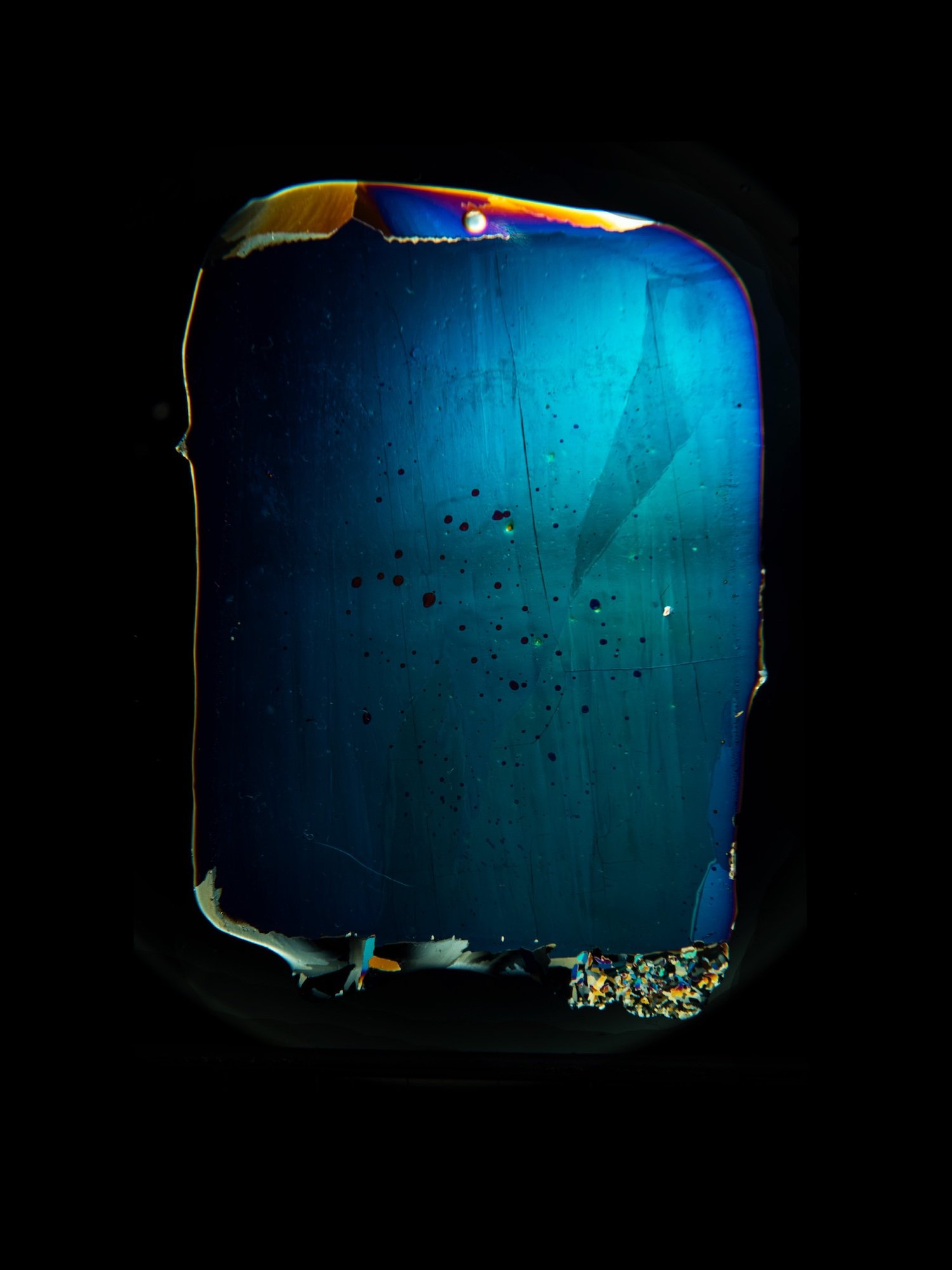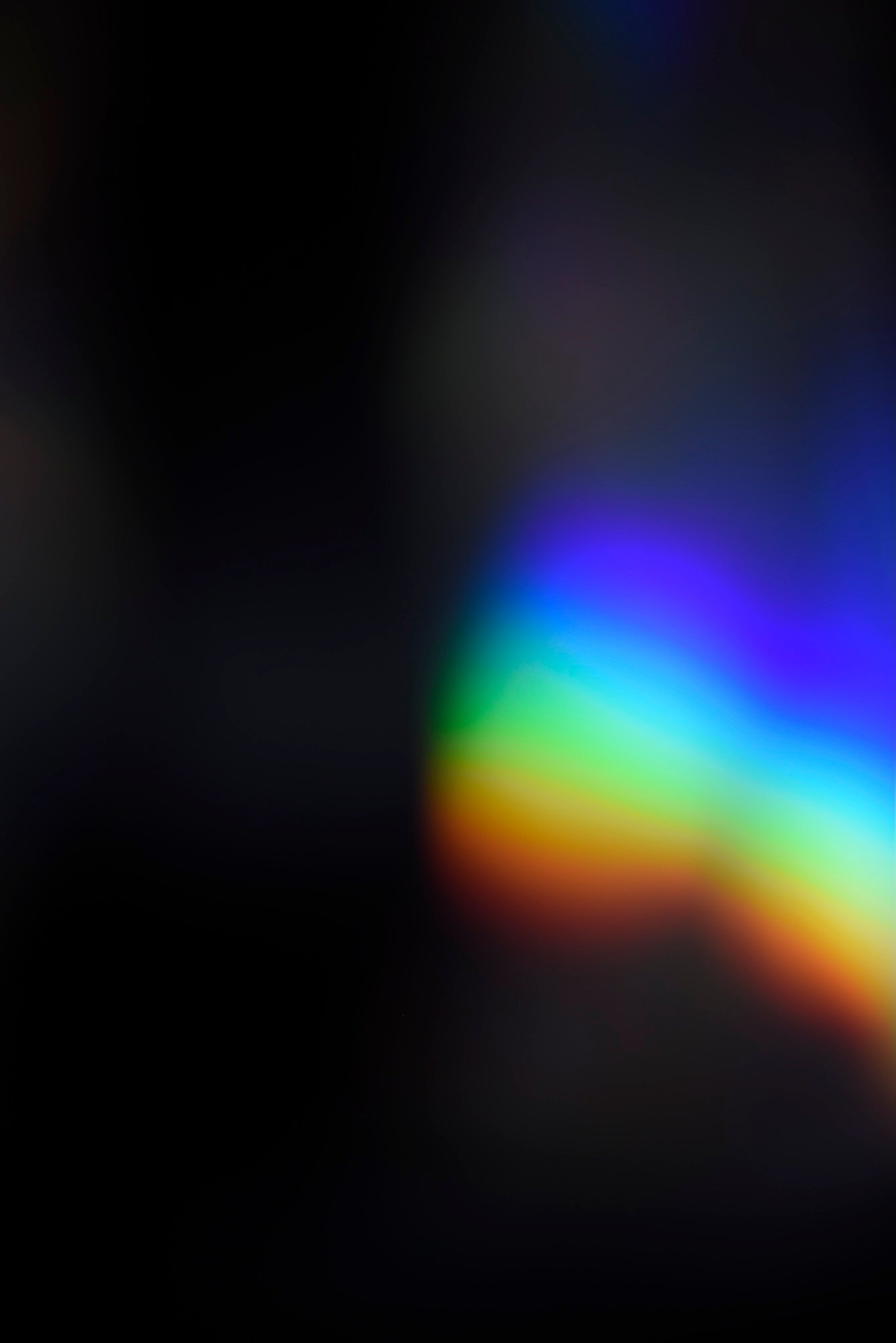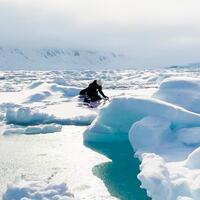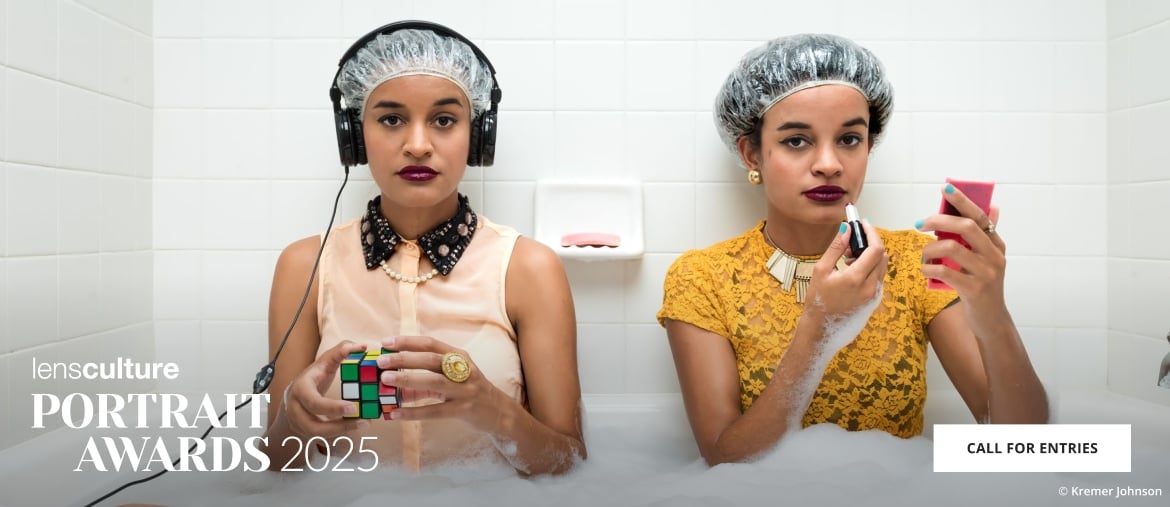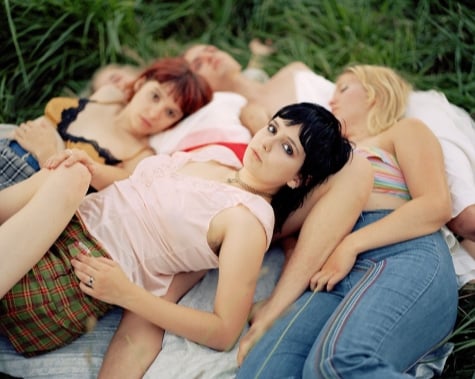What sounds are captured inside an iceberg? How does the chemical composition of water translate into an image? In Time Capsule, photographer Laure Winants embarks on a unique exploration of the Arctic’s optical and luminous phenomena, capturing the fragile essence of a rapidly changing environment.
In 2023, Winants joined a multidisciplinary expedition to Svalbard, a remote Norwegian archipelago deep within the Arctic Circle. Over four months, she worked alongside scientists and researchers, drilling boreholes to extract samples of permafrost, glacier ice, and sea ice. But rather than merely documenting these frozen landscapes, she turned the ice itself into a photographic medium.
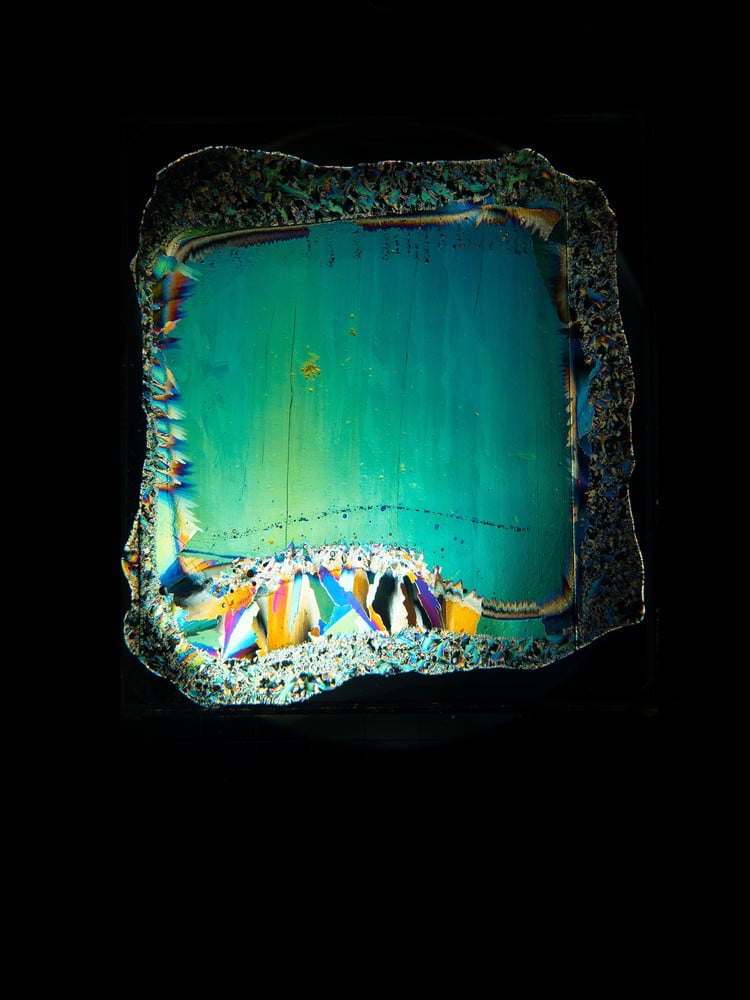
Using the principles of the photogram—one of photography’s earliest techniques—Winants placed ancient ice directly onto light-sensitive surfaces, allowing the melting process and the surrounding atmosphere to shape the final image. Polarized light revealed the intricate structures of ice crystals, exposing not just their physical form but also the deep-time history they carry within them. Each fragment held tiny air pockets trapped for thousands of years, whispering secrets of past climates and environmental shifts.
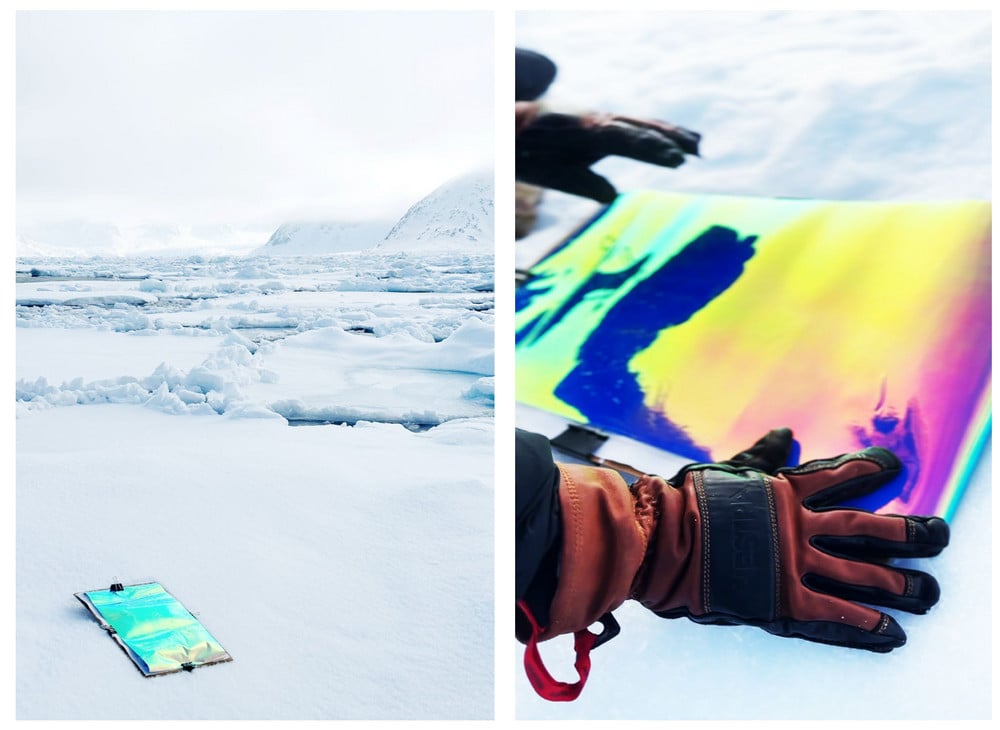
At its core, Time Capsule is an artistic dialogue between photography, science, and technology. It echoes the earliest experiments in image-making, reminiscent of Johann Heinrich Schulze’s 18th-century discovery that silver nitrate darkens when exposed to light—an insight that eventually led to the invention of photography. Like those early pioneers, Winants embraces the unpredictable, letting natural forces shape her work in ways that are both scientific and poetic.
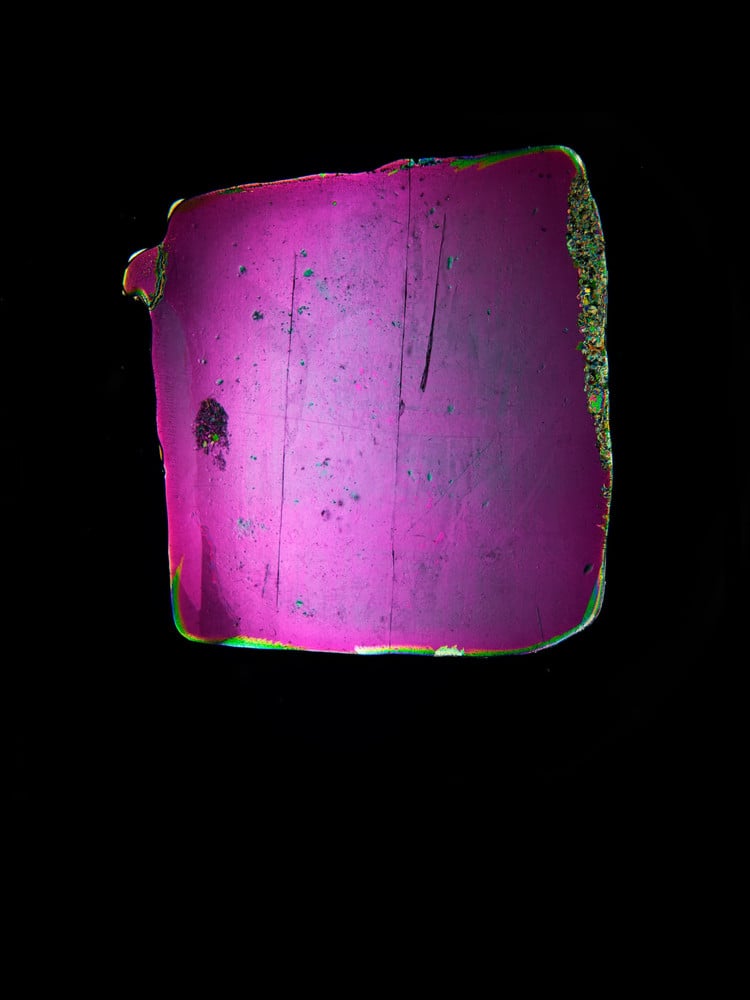
More than just a visual study, Time Capsule highlights the delicate interdependence of ecosystems and the urgency of understanding our changing climate. In an era of environmental reckoning, projects like these remind us that exploration isn’t just about mapping new territory—it’s about deepening our perception of the world we think we know.
